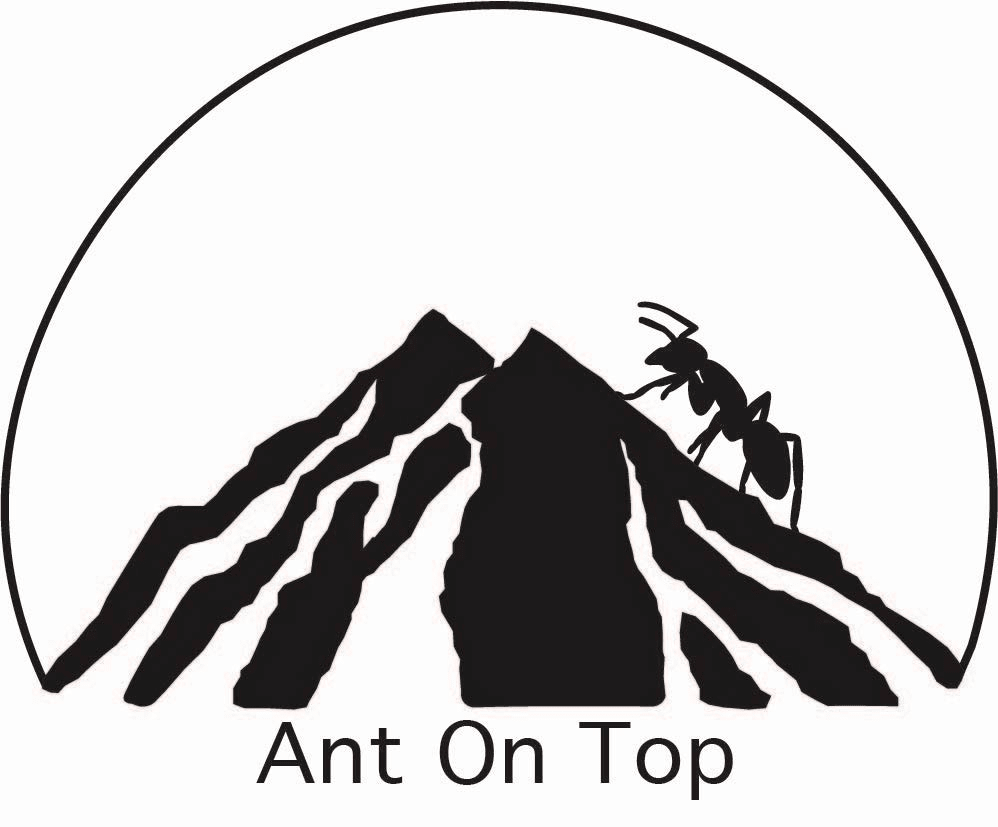Formica rufibarbis: A Fascinating Ant Species with Unique Characteristics
Formica rufibarbis is a captivating ant species known for its distinct qualities and behaviors. Explore the key features and requirements of these ants to understand why they stand out in the ant world.
Colony Type and Size:
Formica rufibarbis belongs to the polygynous colony type, allowing for multiple queens within a single colony. This arrangement boosts egg-laying capacity and enables efficient division of labor among worker ants. With up to 5000 individuals in a fully mature colony, Formica rufibarbis is a formidable force.
Development Rate:
The development rate of Formica rufibarbis is considered medium. From egg to fully developed ant, their lifecycle progresses at a reasonable pace, ensuring steady growth and stability in the colony.
Size and Appearance:
The queen ants of Formica rufibarbis measure 8-11mm in length, while workers range from 4-8mm. Both queens and workers have a unique coloration with a black abdomen and a brown back adorned with black spots, adding to their aesthetic appeal.
Nutrition:
Formica rufibarbis has a diverse diet that includes food insects like cockroaches and crickets, providing essential proteins. They also enjoy syrup made from a mixture of water and honey (ratio of 4 parts water to 1 part honey). Fruits, vegetables, jelly, and cooked chicken without salt can serve as excellent supplementary food options for these ants.
Humidity and Temperature:
Maintaining suitable humidity and temperature levels is crucial for the well-being of Formica rufibarbis. In the arena area where ants forage, a humidity level of 30-50% is recommended. Within the nest, a slightly higher humidity level of 50-70% is ideal for raising brood. The recommended temperature range is 18-28 °C in the arena area and 21-24 °C in the nest area.
Unique Characteristics:
Formica rufibarbis is known for its somewhat aggressive nature, which sets them apart from other ant species. This characteristic arises from their territorial instincts and means of defense. When handling these ants or housing them with other ant species, it is important to consider their aggressiveness.
Recommended Nesting Options:
To provide the best environment for Formica rufibarbis, consider a variety of nesting options. Acrylic nests offer visibility and maintenance ease, while gypsum and aerated concrete nests provide a natural feel and insulation. Earth-based setups mimic their natural habitat and offer an environmentally friendly option. Cork nests combine aesthetic appeal with durability. Choose the nest type that suits you and your Formica rufibarbis colony.
In conclusion, Formica rufibarbis is a captivating ant species with its polygynous colony structure, distinctive appearance, and specific requirements. By providing the right conditions, food, and nesting options, ant enthusiasts can enjoy observing and learning from these remarkable creatures as they thrive and flourish.

















Reviews
There are no reviews yet.